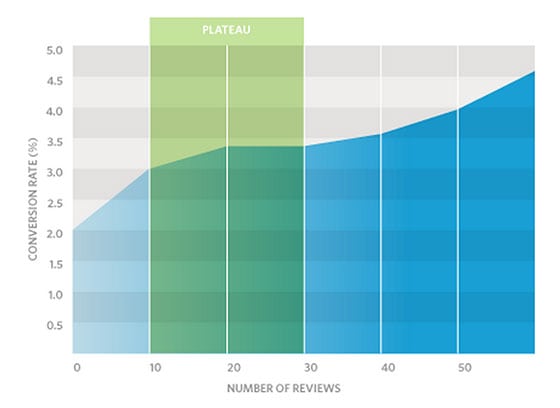 Before making a purchase online, what do you normally do? Go to Amazon.com to compare prices and reviews? Look up YouTube videos about the product? Ask friends and family what they recommend? We’ve all done it.
Before making a purchase online, what do you normally do? Go to Amazon.com to compare prices and reviews? Look up YouTube videos about the product? Ask friends and family what they recommend? We’ve all done it.
In fact, according to Google the average shopper in 2011 used 10.4 different sources of information before buying. Consumers want to make sure they are getting good quality at a good price. Why not make that research easier for your customers by providing testimonials?
Testimonials are an effective an often untapped resource to help you alleviate customer anxiety and uncertainty about your products and services. 92% of consumers say they trust recommendations from friends & family or peers above all other forms of advertising. (Neilson) Testimonials build trust in your brand without all the advertising hoopla. Consumers don’t want to hear a sales pitch – so let your customers brag for you!
Considering that reviews, testimonials and word of mouth triggers 20-50% of all purchasing decisions, getting testimonials is a no-brainer! Not only will it help your customers to understand your brand better, but it will help to answer their questions and dissipate their doubts. Best of all, testimonials are free!
How To Get Testimonials
A great way to get feedback from your buyers is to make it part of your buying cycle. Just ask for a testimonial – It doesn’t hurt to ask. Send out automated customer review/testimonal emails after a purchase is completed. Offer an insentive to those who do provide feedback, by giving them a coupon or entering them into a store-wide contest/raffle.
An easy way to collect testimonals is to add a page on your website with a form that allows your customers to provide feedback. Place this form next to good examples of testimonials. Try to direct the customer by asking open ended questions like “What did you like most about the product” or “How would you describe our service?”.
You want these testimonials to speak to your customers personally, to answer their most common questions about your product or services. They are there to affirm to the customer that you are the right company for the job.
Using Photos and Videos

Asking your happy customers to send in images and videos of themselves with your product is a fantastic way to boost your credibility and customer interest. People prefer real people, because they can connect with them, generating more empathy and boosting their confidence in your product.
By adding an image of a real (and happy) customer next to their quoted testimonial on their sign-up page, 37signals increased paid sign ups by 102.5%!
Putting a face with your testimonials will allow your potential customers to better relate to your happy customers drive them towards purchasing.
What About Bad testimonials?
Bad testimonials aren’t all that bad. A few bad testimonials mixed in with positive ones, can help generate more authenticity for your brand. Reevoo research found that 68% of consumers place more trust in reviews when they read both positive and negative comments. In fact 30% of consumers are suspicious of a company when they don’t see anything negative in the reviews.
It may seem crazy, but buyers who spend time finding bad reviews and testimonials convert 67% more than the average consumer. This doesn’t mean that you need to put every negative testimonial on your webiste. Too many bad reviews can hurt your sales and reputation. As with everything, there is a balance.
(Image Source)
So What Does This Mean?
Customers aren’t out to find your company’s every flaw, they are just looking to make sure they are making the right buying decision. Every person is different. Everyone reads into a testimonial a different way. By knowing your target market, you can better decide what testimonials will positively influence your consumers. When it comes down to it, just having plenty of testimonials can create a positive impact on your sales. (See left image)
By using testimonials effectively you can allow your happy customers to do your advertising for you. You can overcome consumer skepticism and positively impact their perception of your brand. You don’t need to spend thousands of dollars on advertising or marketing campaigns. Asking for feedback from your customers is free and provides a wealth of knowledge for your consumers.

